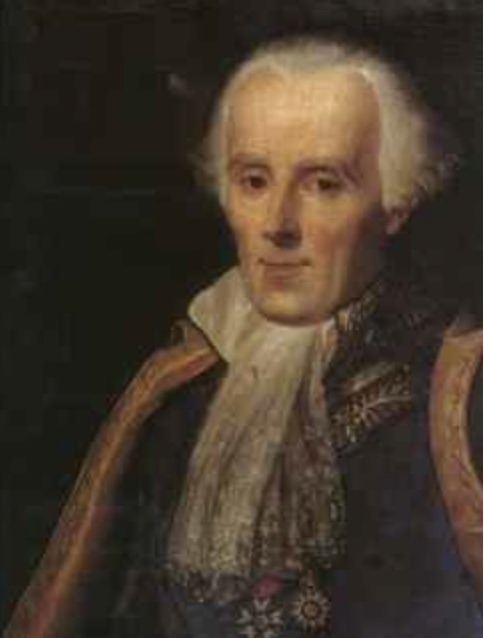
Pierre-Simon Laplace was born on March 23, 1749 in Beaumont-en-auge, France. At the age of 16, he entered Caen University. where he developed a passion for mathematics. His teachers, recognizing his remarkable mathematical aptitude, sent a letter of introduction to the famous mathematician, d’Alembert who found him a job at the École Militaire, in Paris. It was there that Laplace began submitting to the Académie des Sciences ground-breaking research on maxima and minima of curves and on difference and differential equations.
During the early 1770’s Laplace applied his supreme mathematical insights to astronomy and underpinned the theory of probability with a rigorous foundation. His study of the inclinations of the planetary orbits led to his later seminal paper on the stability of the solar system, and in probability theory he established the important Central Limit Theorem. By the mid 1780’s, Laplace was considered by many, including himself, to be the greatest mathematician in France. This self-perception had created enough adversaries to slow his rise to the top, but in the end his supreme ability was recognized.
Referring to the theory of probability to which he was a major contributor, he reflected, “It is remarkable that a science which began with the consideration of games of chance should have become the most important object of human knowledge.”
